41 reading food labels cholesterol
How To Read Food and Beverage Labels - National Institute on Aging Although frozen and canned fruits and vegetables have food labels, fresh varieties often do not. You can find nutrition information for fresh vegetables and fruits on the USDA website. Or you can call the U.S. Department of Agriculture's Food and Nutrition Information Center at 301-504-5414. Understanding percent Daily Value (% DV) How to read food labels | UF Health, University of Florida Health Whole-grain breads, fruits and vegetables, and beans and legumes are high in fiber. Food label guide for whole wheat bread Check the total fat in 1 serving. Pay special attention to the amount of saturated fat in 1 serving. Choose foods that are low in saturated fat. For example, drink skim or 1% milk instead of 2% or whole milk.
How to Read Food Labels Without Being Tricked - Healthline This label says very little about whether a product is healthy. For example, organic sugar is still sugar. No added sugar. Some products are naturally high in sugar. The fact that they don't have...
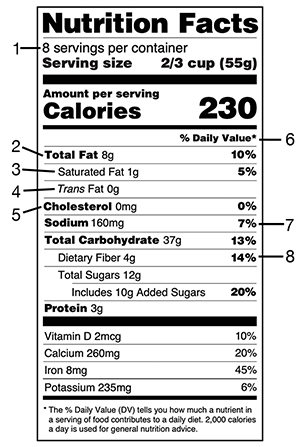
Reading food labels cholesterol
How to Read Nutrition Facts Labels the Right Way - GoodRx However, foods that contain less than 0.5 g per serving are allowed to list the trans fats as 0 g on a nutrition label, so consumption of these fats is still possible. Foods that may contain small amounts of trans fats include: Packaged baked goods. Ready-to-eat frozen meals. Refrigerated doughs. Fried foods. Margarine. Shortening How to Tell if Foods Are Low or High Cholesterol - Verywell Health Reading Food Labels Physicians may recommend cholesterol-restricted diets for patients with significantly elevated cholesterol levels and known (or sometimes just high risk of) heart disease. To follow such a diet, it's important to read the nutrition labels on foods before consumin them. Reading Food Labels - Cardiovascular Interventions Orlando cholesterol; sodium; sugars; calories; Low - this means a large quantity of the food can be eaten without exceeding the Recommended Dietary Value for the nutrient; Calorie free - fewer than 5 calories per serving; Cholesterol free - less than 2 mg of cholesterol & 2 g or less of saturated fat per serving; Fat-free - less than 0.5 g per ...
Reading food labels cholesterol. Understanding Food Nutrition Labels | American Heart Association 1 - Start with the serving information at the top. This will tell you the size of a single serving and the total number of servings per container (package). 2 - Next, check total calories per serving and container. Pay attention to the calories per serving and how many calories you're really consuming if you eat the whole package. How to Read Food Labels for a Heart-Healthy Diet Partially hydrogenated oil Omega-3 fatty acid Olive oil Butter What's important to know about the first ingredient listed on a label? It's the healthiest. It's in the largest quantity. It's first due to alphabetical order. What words should I look out for that mean sugar? High-fructose corn syrup Agave nectar Dehydrated cane juice All of the above Understanding Ingredients on Food Labels - American Heart Association These fats raise your bad cholesterol (LDL) and decrease your good cholesterol (HDL). Some experts say you should choose foods with five or fewer ingredients. While this "five-limit rule" has gotten a lot of attention lately, Kris-Etherton said there's no reason to complicate your label reading to this degree. Reading food labels: Tips if you have diabetes - Mayo Clinic Look for foods with fats, cholesterol and sodium on the low end of the Daily Value; keep fiber, vitamins and minerals on the high end. If your doctor or registered dietitian recommends more or less than 2,000 calories a day, you may need to adjust the percentage accordingly — or simply use the percentage as a general frame of reference.
Reading Food Nutrition Labels 101 and How to Decode Them The cholesterol content of a food is measured in milligrams. The key here is to eat less than 300 milligrams of dietary cholesterol per day. When a food product contains two grams of saturated fat, these claims are allowed. Cholesterol-free - less than two milligrams of cholesterol and two grams or less of saturated fat per serving. How to read food labels: MedlinePlus Medical Encyclopedia If a label says that a food has 100 mg of sodium, this means it has about 250 mg of salt. You should eat no more than 2,300 mg of sodium per day. This is the amount of sodium that is in 1 measuring teaspoon of table salt. Ask your health care provider if you should have even less. The % daily value is included on the label as a guide. How to read food labels | healthdirect How to read the Nutrition Information Panel. The Nutrition Information Panel tells you the size of a standard serving of the product and which nutrients are contained in that serving. You can use the label to compare the product with what's in similar packaged foods. Look out for information about: Energy: A kilojoule is a measure of energy. How To Read Nutrition Labels - Mayo Clinic Diet Aim for low in saturated fat, trans fat, cholesterol, sodium, and added sugars. High is 20% or more. Aim high in vitamins, minerals and dietary fiber. 4. Check the ingredients Ingredients are listed by volume. The higher up on the list an ingredient is, the more of it the product contains. Make sure sugar isn't one of the first ingredients listed.
Making Sense of Food Labels | ADA - American Diabetes Association Total carbohydrate on the label includes all three types of carbohydrate: sugar, starch and fiber. It's important to use the total grams when counting carbs or choosing which foods to include. Below the Total Carbohydrate (carbs), you will find a breakdown of the types of carbohydrate in the food. Learn more about carbs. Added sugar How to read food labels - Heart Foundation NZ The star rating is calculated using an algorithm that takes into consideration a number of positive and negative nutrients for a particular food. The positive elements include protein, fibre, fruit, vegetable, nut, seed and legume content. The negative elements include energy, sodium, saturated fat, and sugar. How to Read Food Labels : Food Network | Food Network The percent of the Daily Value that is listed on the upper portion of the food label is yet another way to gauge how much saturated fat and cholesterol are in the foods that you buy and eat. If a ... Reading Food Labels | SeekHealthZ The food label shows both the amount of fat in grams (g) and the percent daily value per serving. This type of fat increases the amount of blood cholesterol. If you eat 2,000 calories each day, you should eat less than 13 g of saturated fat each day. Trans fat. The food label shows the number of grams (g) per serving.
How does reading food labels benefit? - Heimduo The following is a quick guide to reading the Nutrition Facts label. Step 1: Start with the Serving Size. Step 2: Check Out the Total Calories. Step 3: Let the Percent Daily Values Be a Guide. Step 4: Check Out the Nutrition Terms. Step 5: Choose Low in Saturated Fat, Added Sugars and Sodium. Are food labels helpful?
How To Read Cholesterol Labels - HealthyCholesterolClub.com Eating too much unhealthy fat saturated and trans fats can increase your risk for heart disease, high cholesterol, obesity, high blood pressure, type 2 diabetes, and cancer. Saturated fat comes mainly from meat, poultry with skin, whole milk dairy products, coconut and palm kernel oils, and stick margarine.
5 tips for decoding food labels - Harvard Health Here are 5 ways to make food labels work for you: Size matters. Serving size is always the first item on the label. All other information is based on that serving size. The servings per container tell you know how many portions are in the whole box, package, or can. Beware: many packages contain more than one serving.
Easy Guide to Understanding Food Labels When You Have High Cholesterol ... Including wholegrainssuch as brown rice, wholemeal bread and oats, as well as nuts, seeds, mushrooms, beans in canned or dried forms, and fruits and vegetables in frozen or canned forms in your diet will help to lower blood cholesterol levels.
Reading Food Labels | ADA - American Diabetes Association Understanding Food Labels It's time to decode those food claims. Trying to figure out nutritional information on labels and packaging isn't easy. The good news is that we can help. Untangle packaging claims. If you get tripped up on food content claims, you're not alone. Fat free vs. low fat vs. reduced fat. Low cholesterol vs. reduced cholesterol.
Reading Food Labels - Regional Cardiovascular Rehab - Get heart healthy Facts about reading food labels. Nutrition labels provide information on key nutrients, like fat, carbohydrates, sodium, vitamins, and minerals, and can help you make informed decisions. ... Saturated and trans-fats have been shown to increase cholesterol levels in the blood, which can lead to narrowing and hardening of the arteries. For more ...
How to Read the Nutrition Facts Label on Packaged Foods - WebMD Limit salt to 2,300 milligrams (about 1 teaspoon) daily. If you have high blood pressure, kidney disease, or diabetes, or are African-American or older than 51, your daily limit is lower: 1,500...
PDF A Guide to Reading Food Labels - University of Rochester Food Labels Reading food labels can help you make wise food choices. Most foods list nutrition information on the package label, called Nutrition Facts. ... They may raise your blood cholesterol level, which can increase your risk of heart disease. Choose foods containing less than 10% of calories from saturated fat.
How to Understand and Use the Nutrition Facts Label | FDA Dietary fiber, vitamin D, calcium, iron ad potassium are nutrients on the label that Americans generally do not get the recommended amount of. They are identified as nutrients to get more of....
Food Labels: Fat & Cholesterol | Home & Garden Information Center The 2015 Dietary Guidelines for Americans recommends the following intakes of fat and cholesterol every day: total fat—20 to 35% of calories, depending on age and gender (65 grams for the 2,000-calorie intake level used in the Daily Value)* saturated fat—less than 10% of calories** trans fat— keep as low as possible
Reading Food Labels - Cardiovascular Interventions Orlando cholesterol; sodium; sugars; calories; Low - this means a large quantity of the food can be eaten without exceeding the Recommended Dietary Value for the nutrient; Calorie free - fewer than 5 calories per serving; Cholesterol free - less than 2 mg of cholesterol & 2 g or less of saturated fat per serving; Fat-free - less than 0.5 g per ...
How to Tell if Foods Are Low or High Cholesterol - Verywell Health Reading Food Labels Physicians may recommend cholesterol-restricted diets for patients with significantly elevated cholesterol levels and known (or sometimes just high risk of) heart disease. To follow such a diet, it's important to read the nutrition labels on foods before consumin them.
How to Read Nutrition Facts Labels the Right Way - GoodRx However, foods that contain less than 0.5 g per serving are allowed to list the trans fats as 0 g on a nutrition label, so consumption of these fats is still possible. Foods that may contain small amounts of trans fats include: Packaged baked goods. Ready-to-eat frozen meals. Refrigerated doughs. Fried foods. Margarine. Shortening


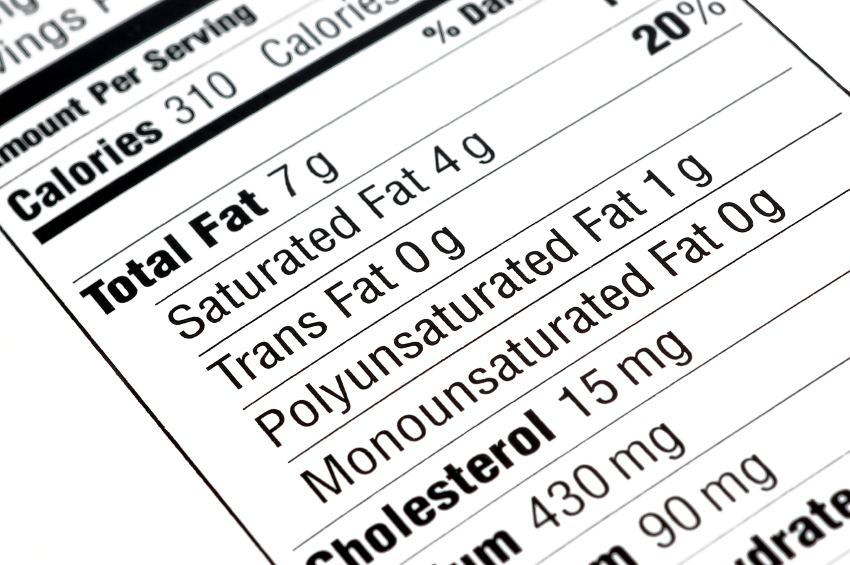
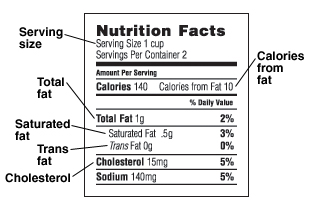
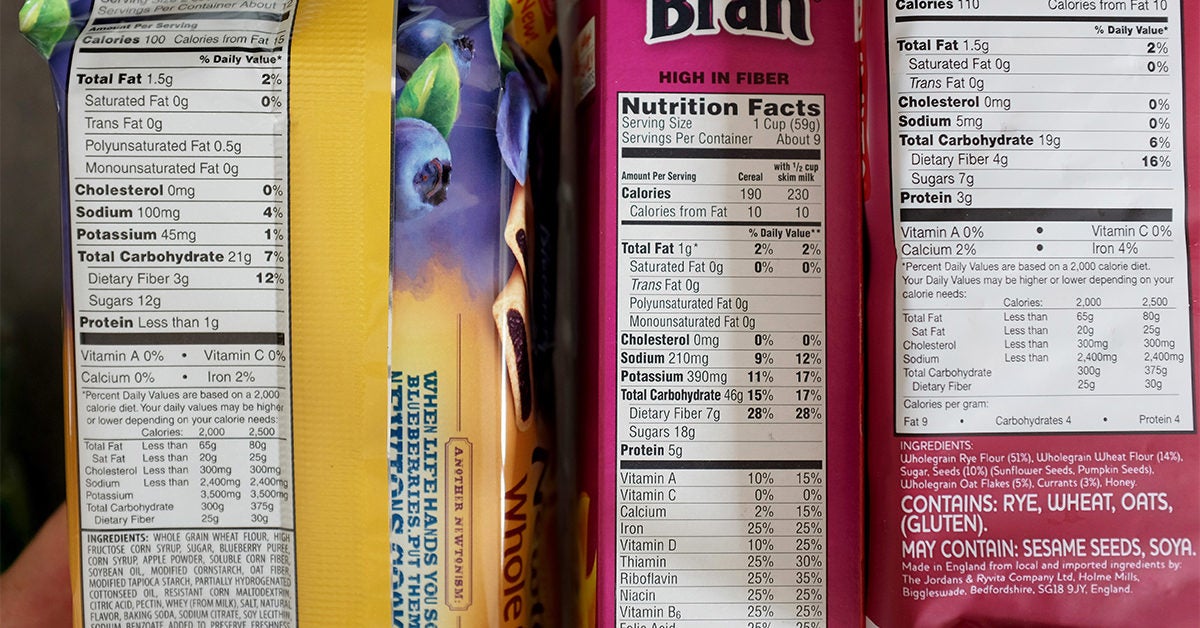
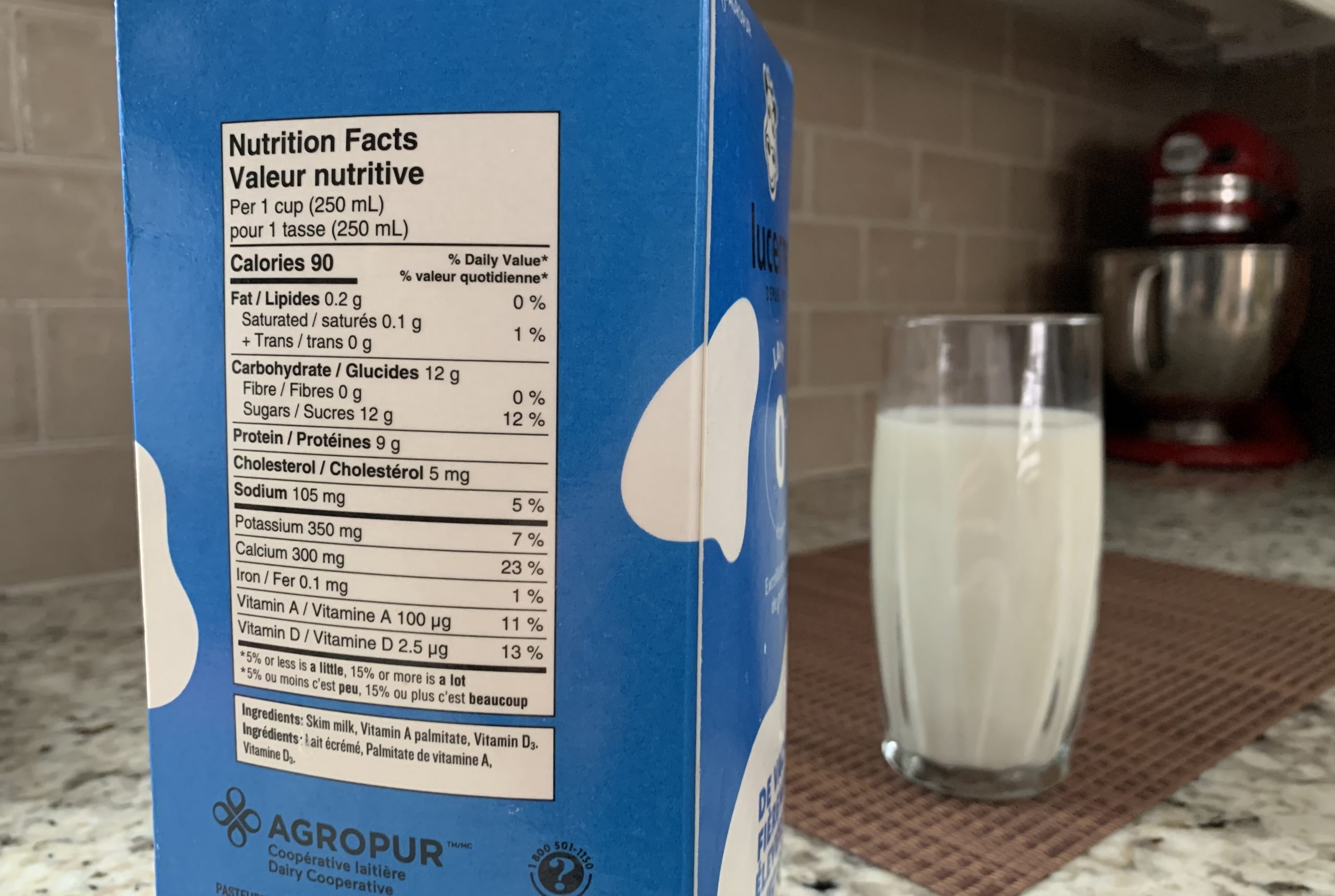
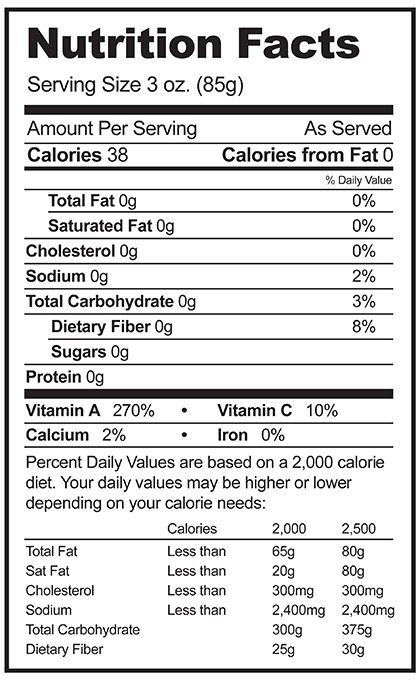

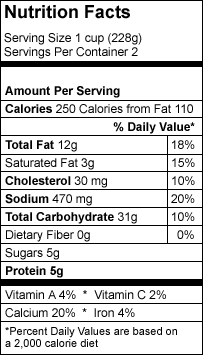
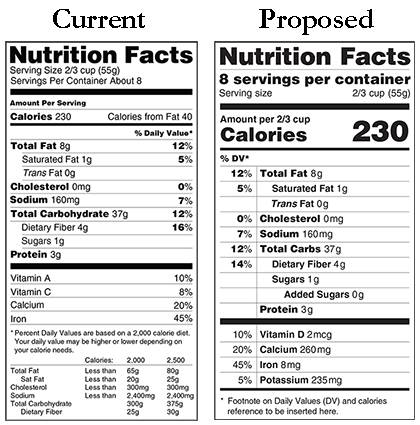
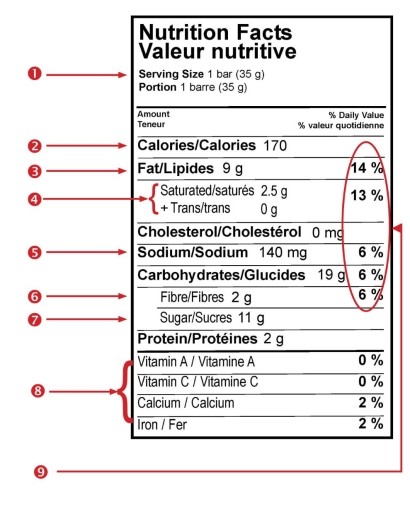
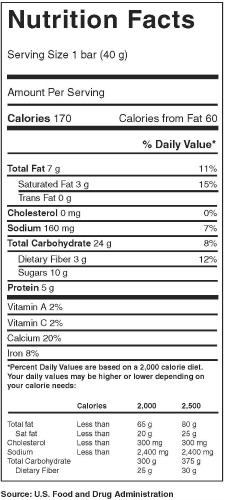
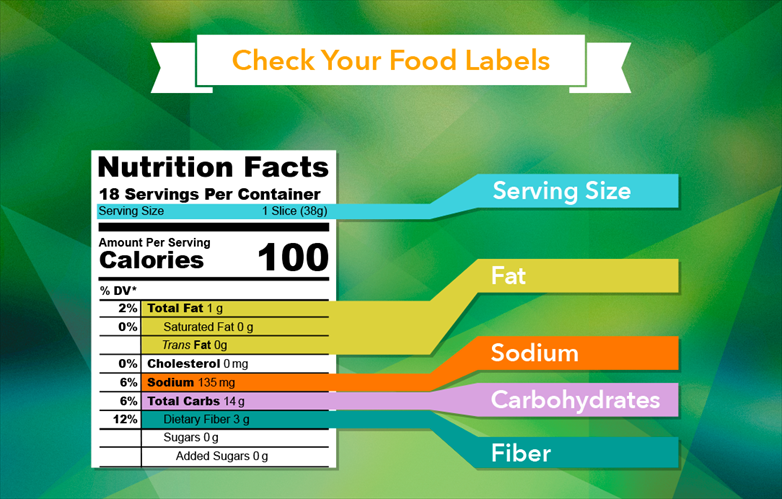



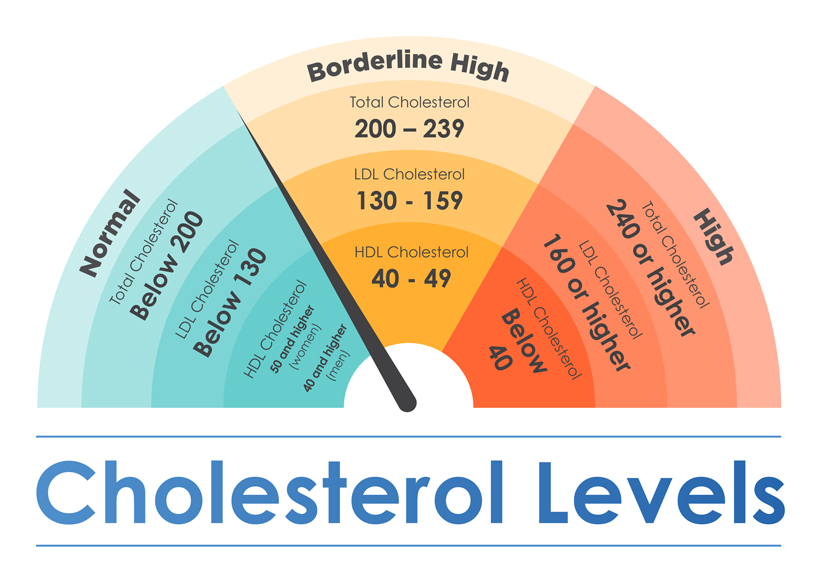

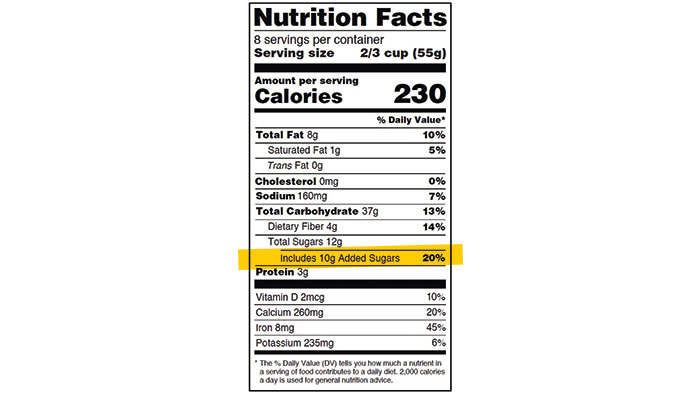
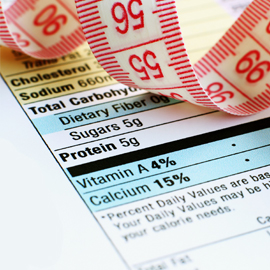
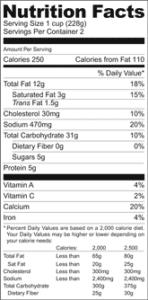
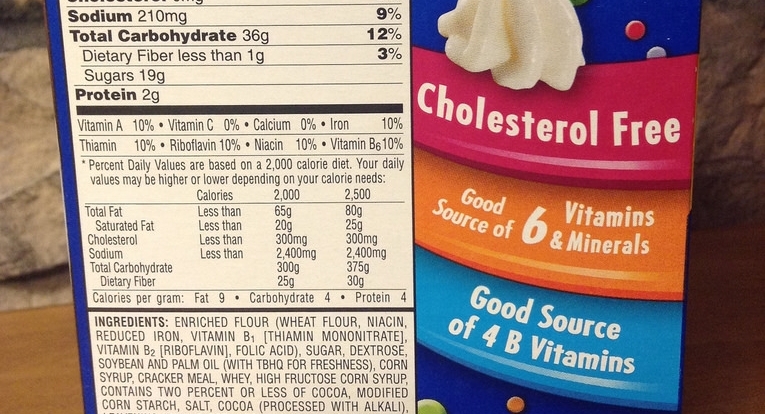
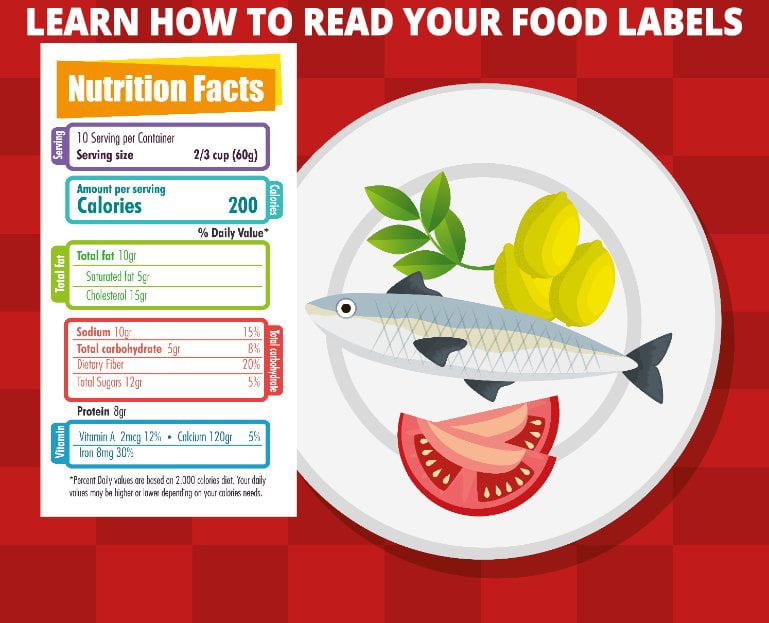

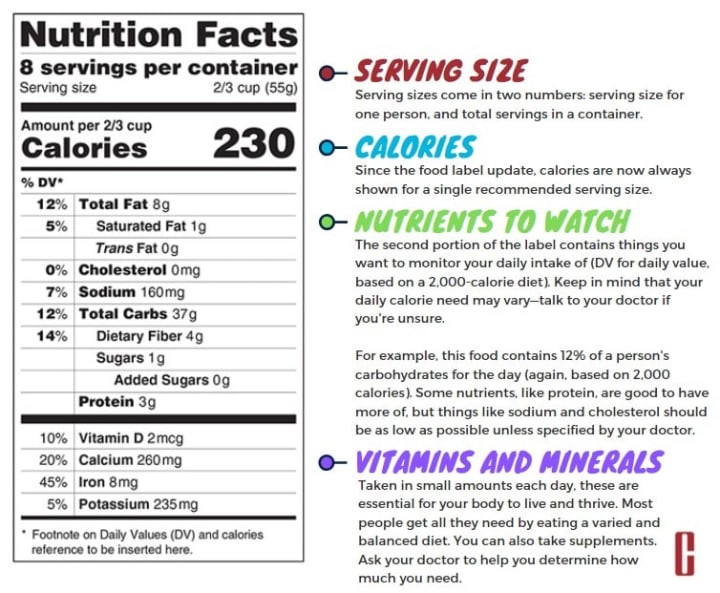


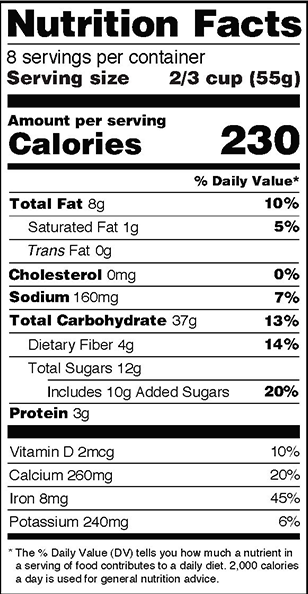
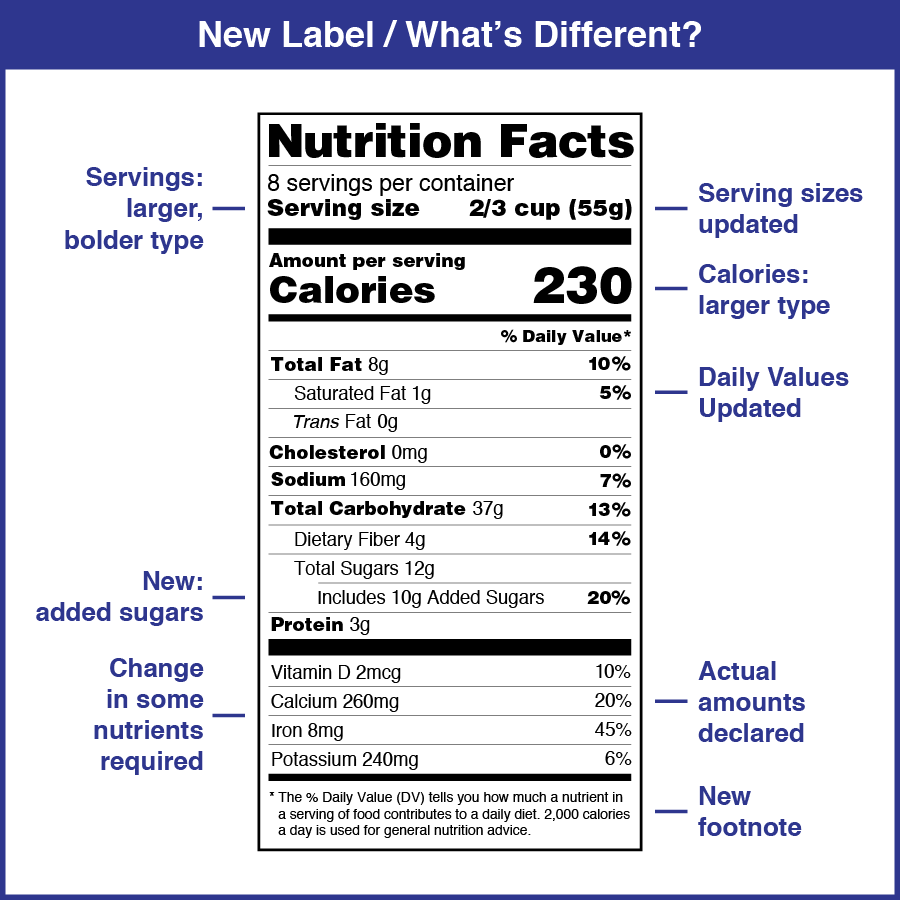



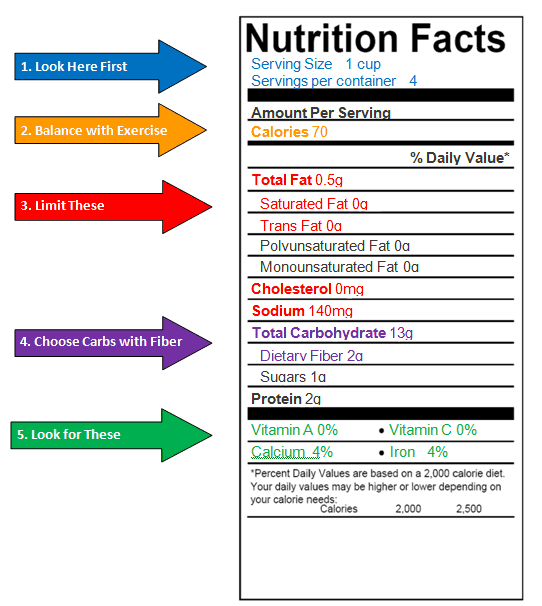



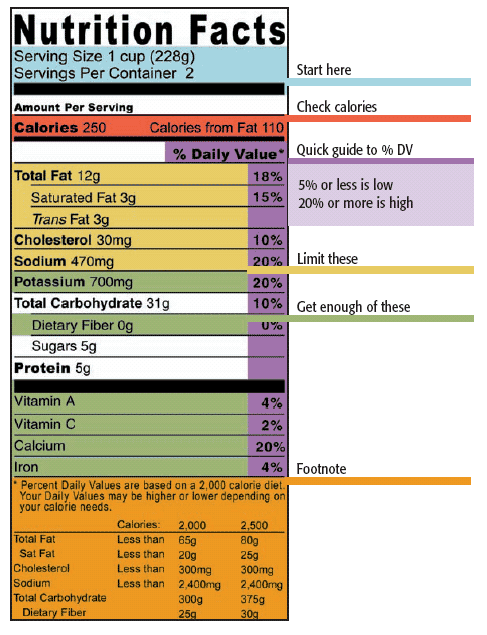

Post a Comment for "41 reading food labels cholesterol"